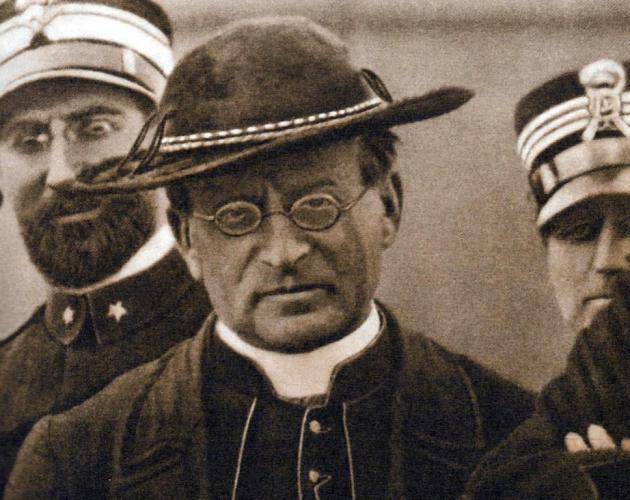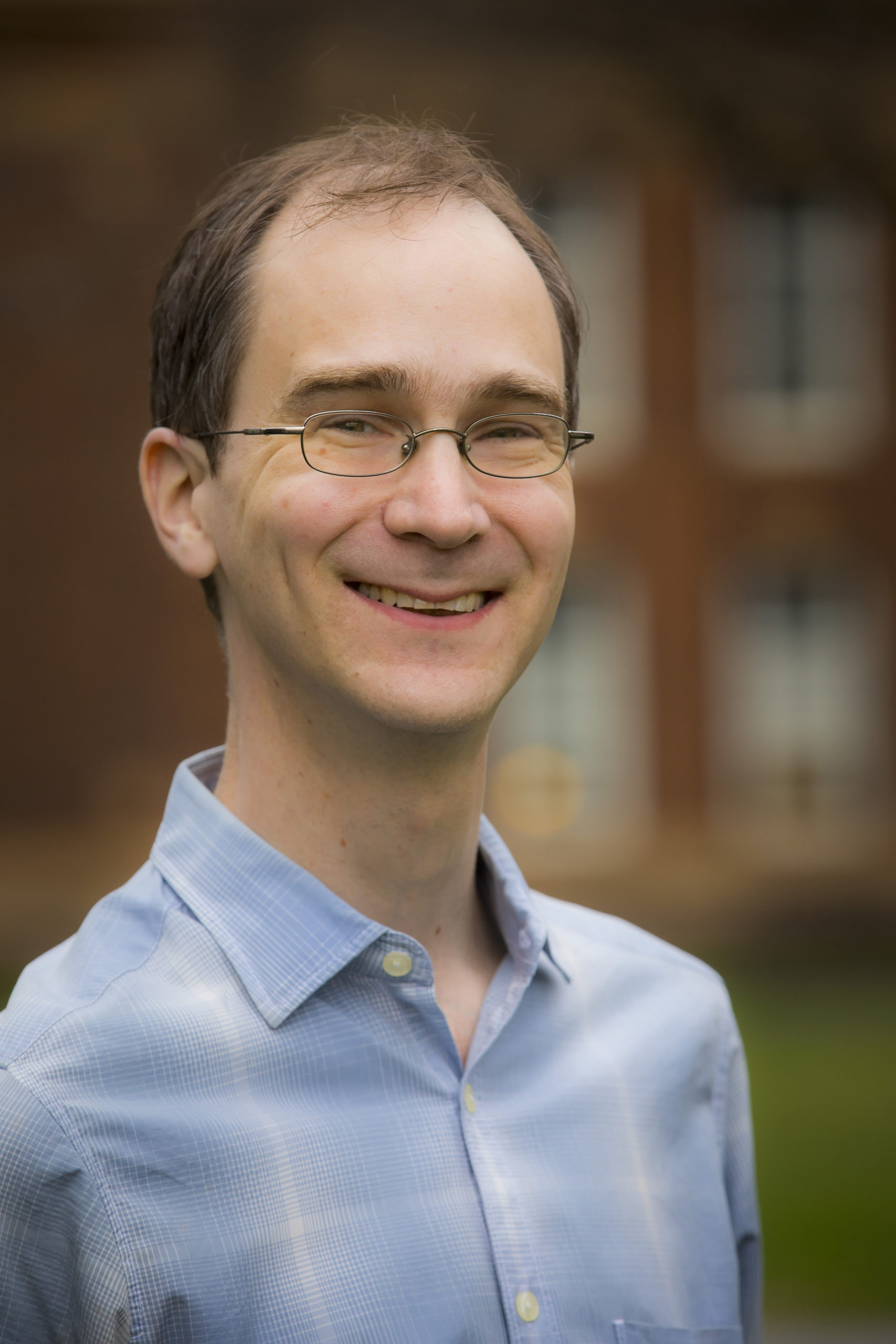
“The Church is Europe: and Europe is the Church” (310). Hilaire Belloc wrote these lines in 1920, at a moment when a new Europe united in Christian faith and guided spiritually and morally by the Roman Catholic Church seemed to him both possible and necessary. The Church’s leaders in Rome shared these hopes. As Chamedes argues in her splendid book, A Twentieth-Century Crusade, papal diplomats and Vatican theologians responded creatively to the political upheavals that erupted across Europe at the end of World War I by imagining the secular power of the universal church in a new way. No longer would the Holy See find natural political allies in imperial dynasties like the Habsburgs. Instead, the Vatican—a complex bureaucracy whose inner workings Chamedes dissects with care and precision—crafted a vision of Catholic internationalism so that the supranational Church could thrive in a world of nation-states. Concordats would check the spread of secular liberalism by guaranteeing the rights of the Church to educate youth and to proclaim its message and mission freely. Civil society organizations, like Catholic Action, would inoculate the masses against revolutionary heresies. And in time a full-throated anticommunist propaganda campaign would remind the faithful across Europe of the need to stand steadfast in the struggle against the greatest existential threat to Christian civilization—Communism.
The idea of a Catholic-Christian European civilization resonated especially strongly in Eastern Europe. A Twentieth-Century Crusade is remarkable for showing so clearly how central the new nation-states in Eastern Europe were to the Vatican’s vision of the post-World War I world. Intent on defending the region from the secular internationalisms personified by Woodrow Wilson and Vladimir Lenin, the Vatican dispatched papal diplomats to Poland and the Baltics even before the fighting there had stopped. On site, the Vatican’s emissaries began to negotiate the details of church-state relations with leaders of the new regimes. They redrew diocesan boundaries to conform with the borders of the new nation-states. And they expressed concerns—so welcome to Eastern European nationalists—that the Minority Treaties being written in Paris would disadvantage ethnic majorities that were overwhelmingly Catholic. Of course, the tangible results of this diplomatic campaign did not always match Vatican hopes. Nationalist state builders welcomed the Church’s symbolic support but crafted their political strategies without consulting papal representatives. And the ethnic complexities of some new states, such as Czechoslovakia and Yugoslavia, made concordats with the Holy See impossible. Even so, the Vatican’s emphasis on the importance of countries like Poland for the re-Christianization of Europe resounded across the region, helping to “advance the myth that Catholicism and nationalism went hand-in-glove” (44).
Chamedes’s original account of Vatican diplomacy in Eastern Europe after 1918 mirrors the contemporaneous emphasis that Catholics in the region also put on the place of their nations within a wider European civilization. From the Baltics to Croatia, Catholic nationalists declared their homelands to be bulwarks of European Christendom, charged with an historic mission to defend the Occident, above all against the ideological menace of Communism. Occasionally, the local and papal versions of this transnational vision worked at cross-purposes. Chamedes recounts one such episode: When Achille Ratti, papal nuncio in Warsaw and later Pope Pius XI, stayed in Warsaw in 1920 at the darkest hour of the Polish-Soviet War—and at a moment when the Red Army stood at the gates of the city—he did so not to stand with “most Catholic” Poland to the very last, but rather to negotiate on behalf of the Church’s interests in case the Bolsheviks won. (After the “miracle on the Vistula” that forced the Red Army to retreat, papal diplomats and Polish nationalists both agreed to believe otherwise.) The heightened ideological tensions of the 1930s aligned these parallel visions of Christian civilization more closely. As Vatican publicists made the fate of the Church in civil war-torn Spain into a centerpiece of their anticommunist propaganda, Eastern Europe’s churches tied their own battles against secularism to the ideological conflict playing out on the Iberian peninsula. The pages of Hungary’s Jesuit journals were filled in the mid-1930s with coverage of the Spanish Civil War. In 1937, the Polish episcopate sent a letter of solidarity to their brethren in Spain. All this reflected the general consensus, affirmed in a 1937 trio of encyclicals whose intellectual genesis Chamedes brilliantly reconstructs, that Communism was a far greater danger to the Church and to the civilization that it defended than Nazism, let alone fascism. Chamedes argues that the language of these papal declarations hobbled the courageous efforts of Catholic dissenters who worried that their Church had become too friendly with fascists and who feared Nazism and Communism equally. In Eastern Europe, the Vatican’s strong anticommunist line further cemented ties between the Church and the ethno-nationalist Right.
Within the walls of the Vatican, Church leaders imagined an all-encompassing Catholic socio-cultural world invested with the power to shape what we would today call subjectivity. Schools, youth groups, and Catholic Action organizations would mold new generations of Catholics politically and socially. And Catholic media, ranging from newspapers and radio broadcasts to traveling exhibitions and even literary contests, would ensure the circulation of ideologically and doctrinally sound ideas. The Vatican’s vision of Catholic culture was total. It also bore an uncanny resemblance to its Soviet rival. A Twentieth-Century Crusade reveals just how closely the civic components of Catholic internationalism imitated aspects of its Communist rival—or, more precisely, of Communism as it was imagined in Rome. Vatican officials were obsessed with the Comintern and were determined that the Vatican should be its antipode. One Vatican newspaper expressed this ambition candidly: “If Moscow’s Comintern is at the head of the Communist International, Rome is at the center of the Catholic International!” (121). Chamedes uncovers other ideological entanglements. We learn that the Vatican created a Secretariat on Atheism to counter Communist propaganda, choosing that name in direct response to the Secretariat of the Central Committee that led the Soviet Communist Party. The publications and exhibitions that it produced were filled with “simple and predictable binaries” (164) that presented Catholicism and Communism as polar opposites, echoing the very same Manichaean contrasts between light and dark that characterized Soviet propaganda. Indeed, Chamedes’s account of the (aesthetically challenged) search for a Catholic literature that would not simply reflect reality but instead transform it sounds like nothing so much as a Catholic version of socialist realism. There is by now a vast literature analyzing Communism as a political religion that imitated and secularized aspects of Christian religiosity. Chamedes suggests provocatively that the circuits of ideological exchange ran in the other direction as well: in order to fight Communism, some Catholics began to reimagine their faith as a political ideology just like it.
What remains of the Vatican’s twentieth-century crusade today? At the end of her book, Chamedes explains how the fabric of Catholic internationalism unraveled. Vatican II and a more pluralistic vision of what Catholic politics could be; decolonization and a shift in the Church’s center of gravity away from Europe; the cultural sea change of the 1960s and its impact on patterns of church-going—all these factors play a role in the denouement of her book. Communism is now history. And Pope Francis and his supporters advance a vision of global Catholicism very different from that of Pius XI and XII. Yet the vision of Christian European civilization that Hilaire Belloc invoked in 1920 endures, albeit divorced from the legal frameworks that Catholic diplomats worked so hard to erect after World War I. Today, the idea of a Europe of Christian nation-states once again challenges a liberal vision of world order. And again, Eastern Europe is at the center of thinking about Christian Europe, just as it was in 1918. In Hungary, Prime Minister Viktor Orbán has said that Europe’s nations must return to their Christian roots in order to survive. Poland’s prime minister declared in 2017 that his party “wants to transform Europe . . . to re-Christianize it.” Catholic internationalism may be dead, at least in the form that Chamedes has so lucidly reconstructed. But the vision of Europe that animated it—a Europe united in faith and shared struggle against existential ideological enemies—retains a powerful appeal.

